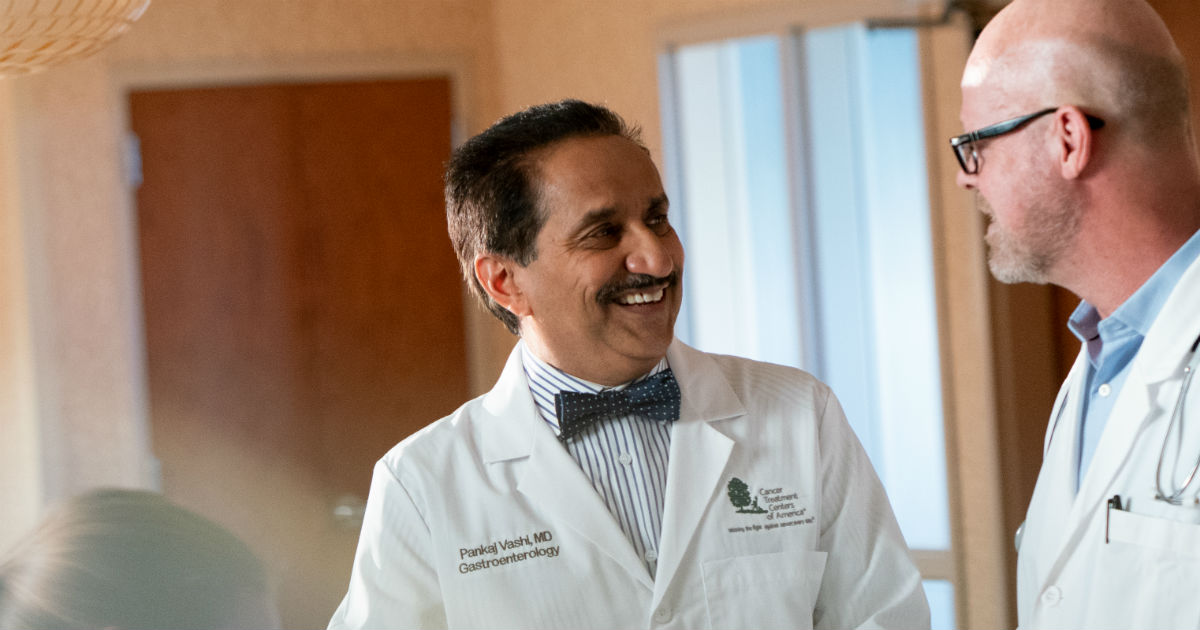
For many cancer patients who cannot consume food by mouth, the intravenous delivery of life-sustaining nutrients is essential to the treatment and recovery process, especially after patients are discharged from the hospital. And yet, this important element of home-based care, commonly called home total parenteral nutrition, or TPN, has gotten a bad rap, mainly because of the high incidence of catheter-related infection.
But new research suggests many of those infections can be avoided, by developing a standardized protocol and properly educating patients on how to follow it. A study I led found that cancer patients who received detailed instructions by a team of clinicians before being discharged from hospital-based treatment contracted fewer catheter-related bloodstream infections. The 241 participants were adult oncology patients who had received treatment at our Chicago-area hospital and who were prescribed home-based TPN. The study was conducted over a two-year period, from Jan. 1, 2012, to Dec. 31, 2013. Because cancer patients’ immune systems are often compromised, they are especially vulnerable to bloodstream infections when receiving catheter-based treatment or nutrition. The infections can have a debilitating effect, making prevention important to the patient’s recovery.
Each of our study patients followed the same standardized process in which they:
- Received parenteral infusion at the hospital first for two days
- Were given detailed verbal instructions by a team of nurses, dietitians and a dedicated case manager while at the hospital
- Watched an educational DVD on the TPN process during their hospital-based infusion and were able to ask any and all questions of their care team
- Discussed all the steps involved with their care team before going home, from properly refrigerating their TPN bags and keeping them away from other food, to how to add the right combination of nutrients, to washing their hands after handling the bags
- Went home with the DVD and backup educational materials to reference at their convenience
- Were visited during the first couple of days at home by a home health nurse, who helped them through the process and made sure they were doing it correctly
Our study, which we presented in February at the American Society for Parenteral and Enteral Nutrition’s Clinical Nutrition Week education and research conference, found that patients had a catheter-based infection incidence rate of 0.47 per 1,000 catheter days. That compares to a 1999 study that found the rate of infection in patients with a variety of diseases, such as HIV and cancer, ranged from 0.16 to 6.77 per 1,000 catheter days, depending on the number of risk factors involved. Another study from 2006 found that up to 63 percent of patients taking TPN at home develop at least one catheter-based infection within a year.
The findings are particularly important for cancer patients. During the course of their care, they are more likely to suffer malnutrition, which may lead to complications and quality of life issues. The more confidence their oncologists have in their TPN plan, the more likely they are to prescribe it. Standardizing that plan and immersing patients in a comprehensive education process are two important steps in affording them the nutrients and independence they need for the fight ahead.
Learn more about how cancer patients can combat malnutrition.


